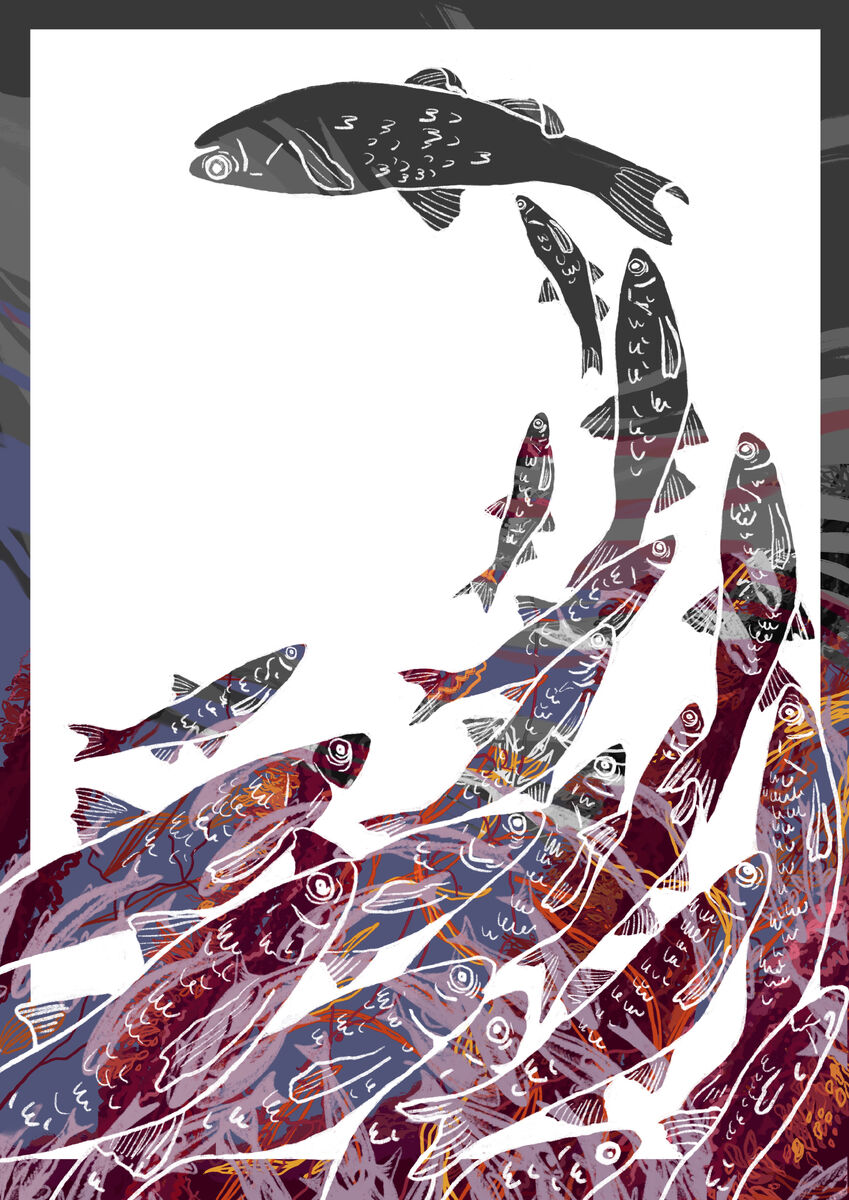Extinction
Around 252 million years ago, a great cataclysm on Earth left lifeless landscapes and empty oceans in its wake. This event of mass extinction, also known as the Great Dying, wiped out much of life on land at the end of the Permian period, and hit the oceans even harder, as up to 70% of terrestrial and 96% of marine species disappeared. In tropical waters in particular, living conditions were dramatically altered. Scientists have formulated many different hypotheses as to how this mass extinction event may have occurred. A study using climate model simulations published in the journal Science in 2018 concluded that rapid global warming and reduced oxygen availability in the ocean were responsible for much of the mass extinction. Two of the scientists involved then undertook a further study to investigate what consequences our current climate changes might have for biodiversity. They evaluated two different future emission scenarios to see how oxygen demand and supply in the ocean might change. If warming can be limited to below 2 degrees celsius by the end of the century, then the loss of species will probably remain at a similarly high level as at present. However, if the high emission scenario occurs with a warming of almost 5 degrees celsius, the mass extinction might equal the past “Big Five” extinction events. According to the predictions, the tropical species will move towards the poles—while the species of the polar waters, however, have a particularly high risk of extinction because they cannot move further away. Even though the second scenario is less likely, the rush towards the poles has already started.
Sources: Penn, Justin L. et al., “Temperature-dependent hypoxia explains biogeography and severity of end-Permian marine mass extinction”, Science, vol. 362, issue. 6419, (2018).
Penn, Justin L. and Curtis Deutsch, “Avoiding ocean mass extinction from climate warming”, Science, vol. 3776, issue. 6592, (2022): 524-526.
